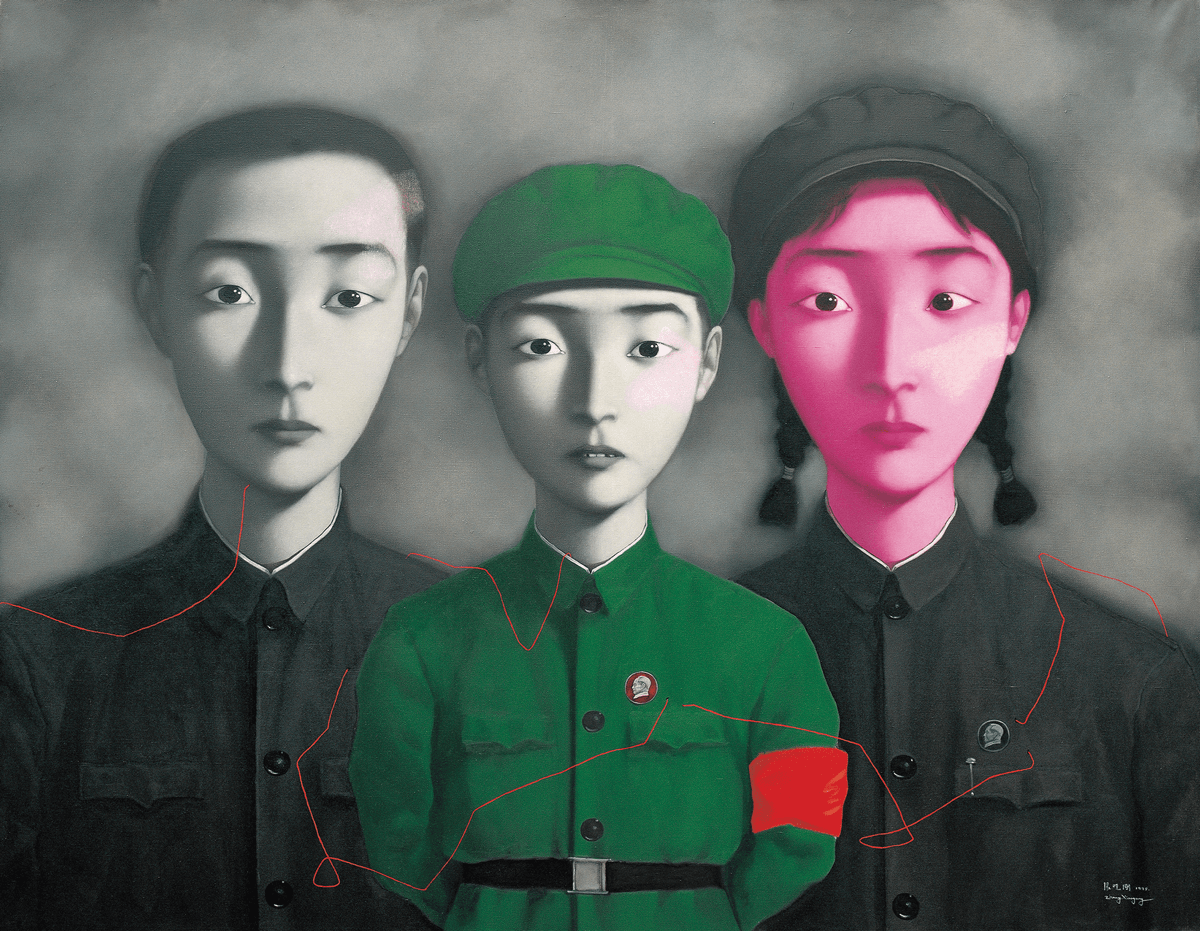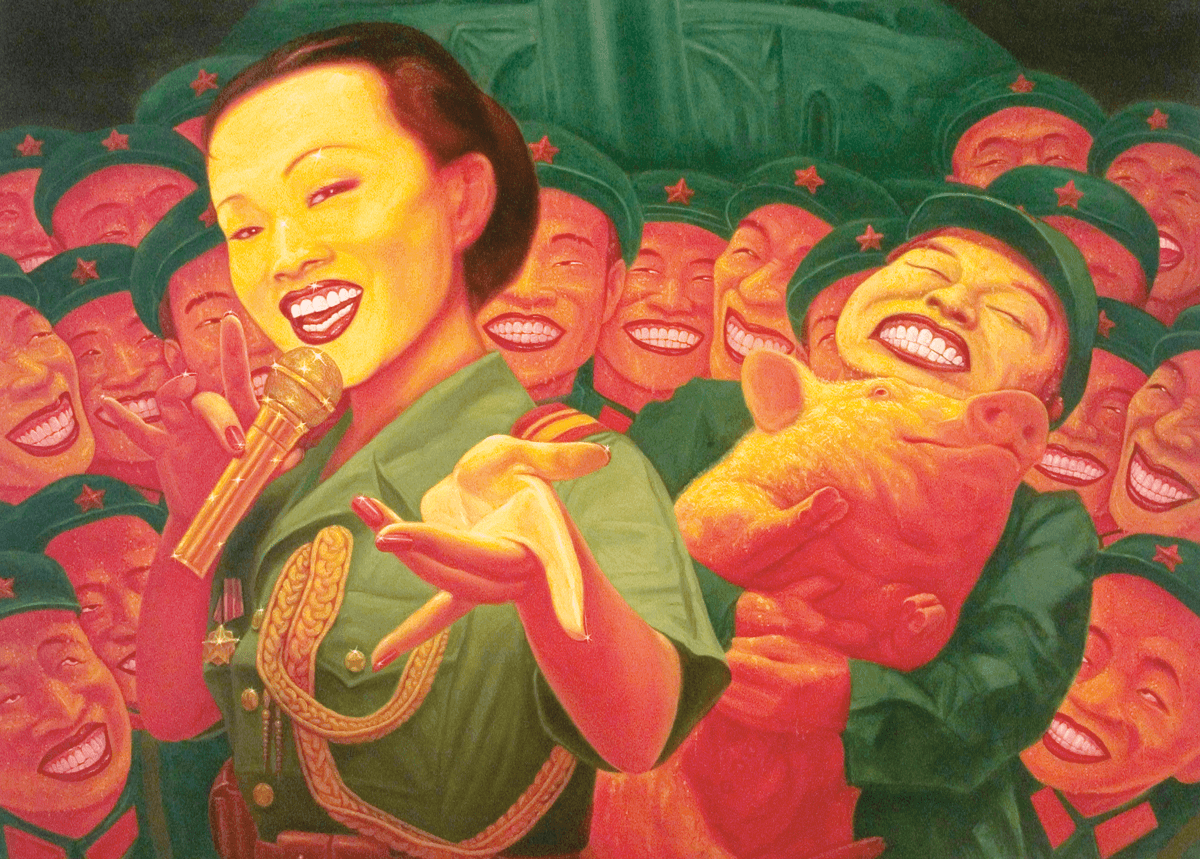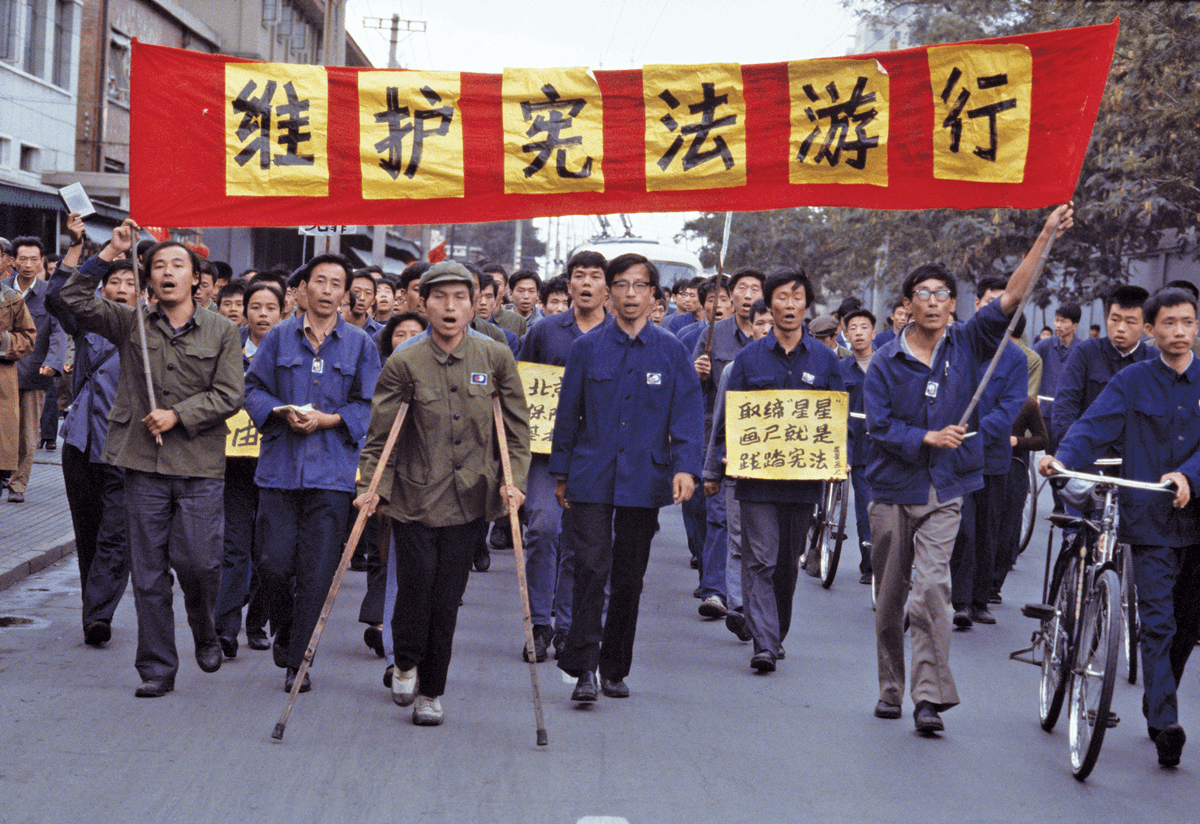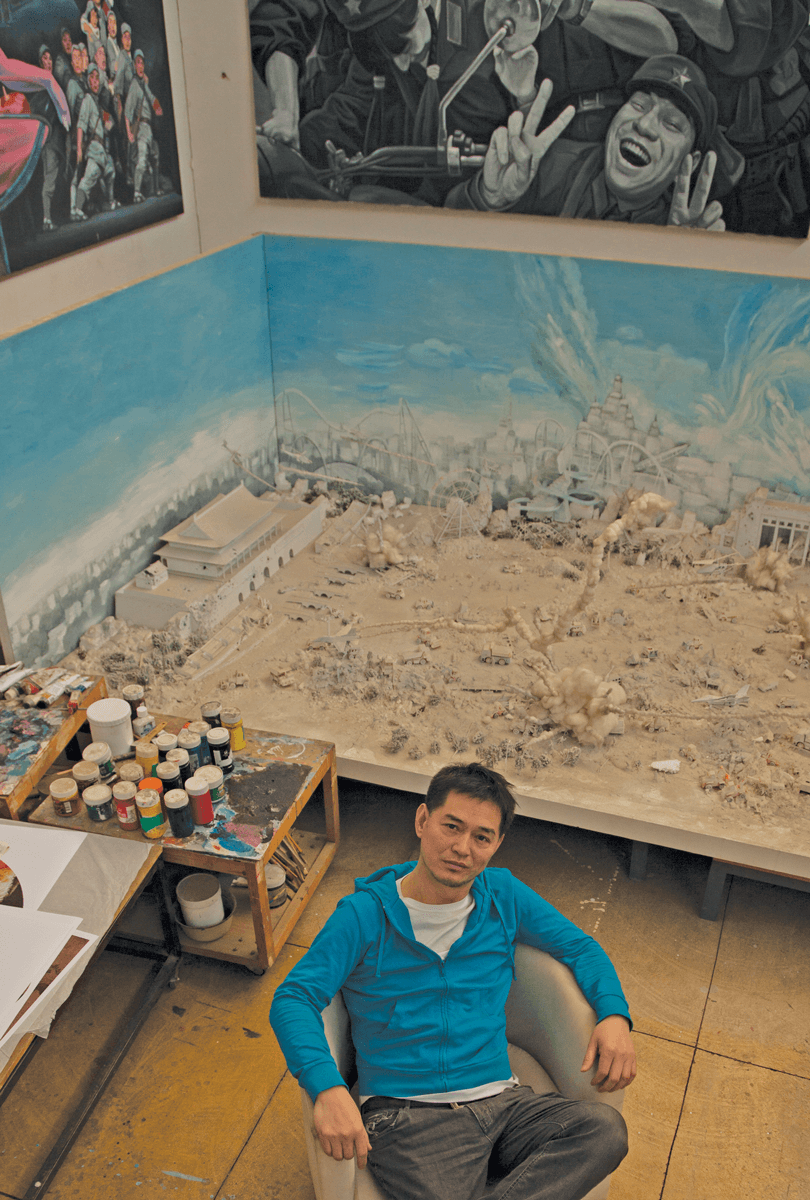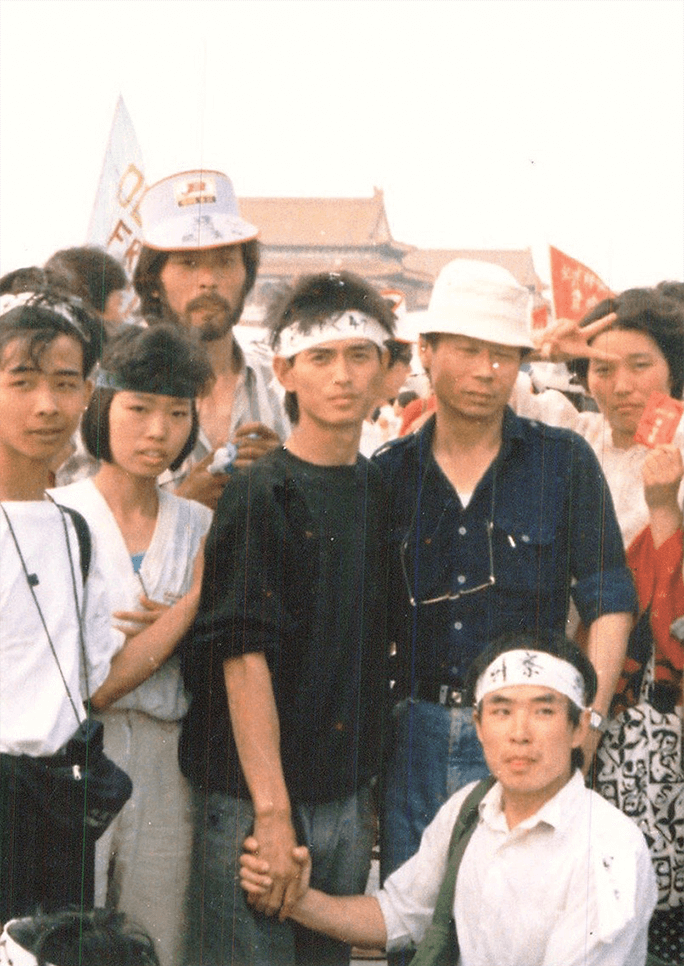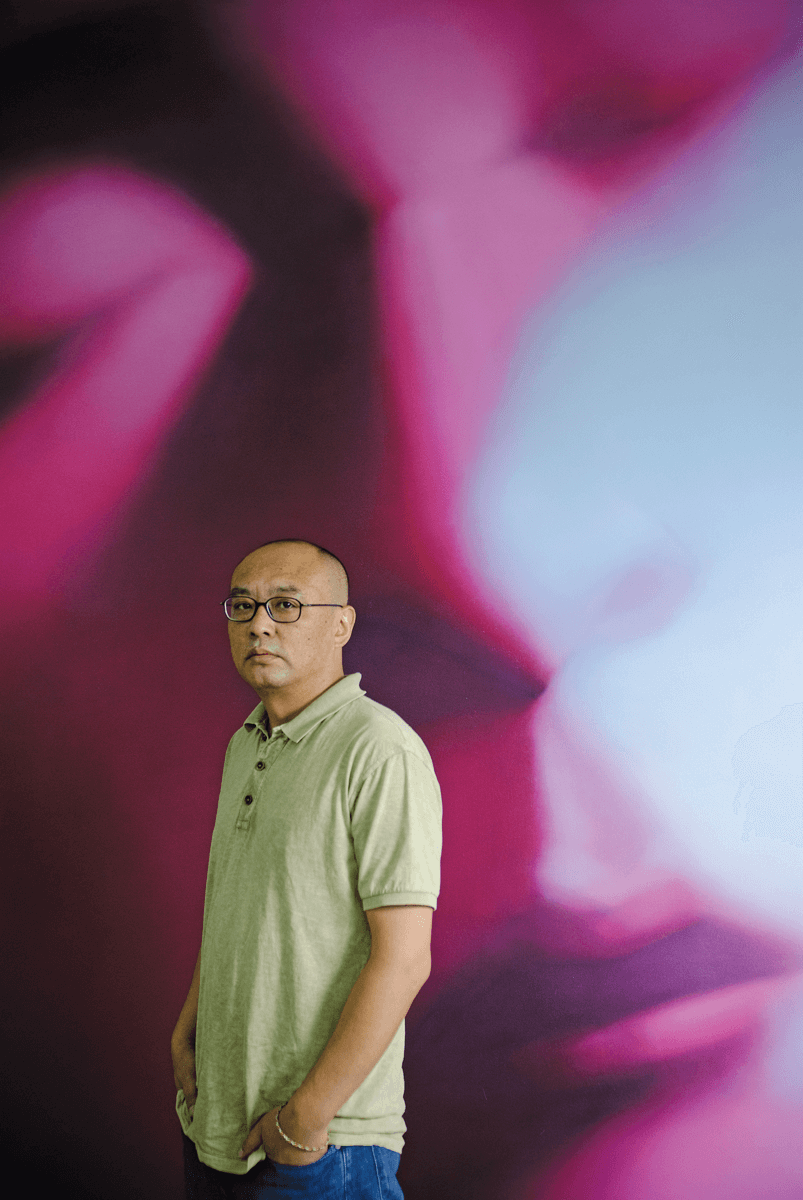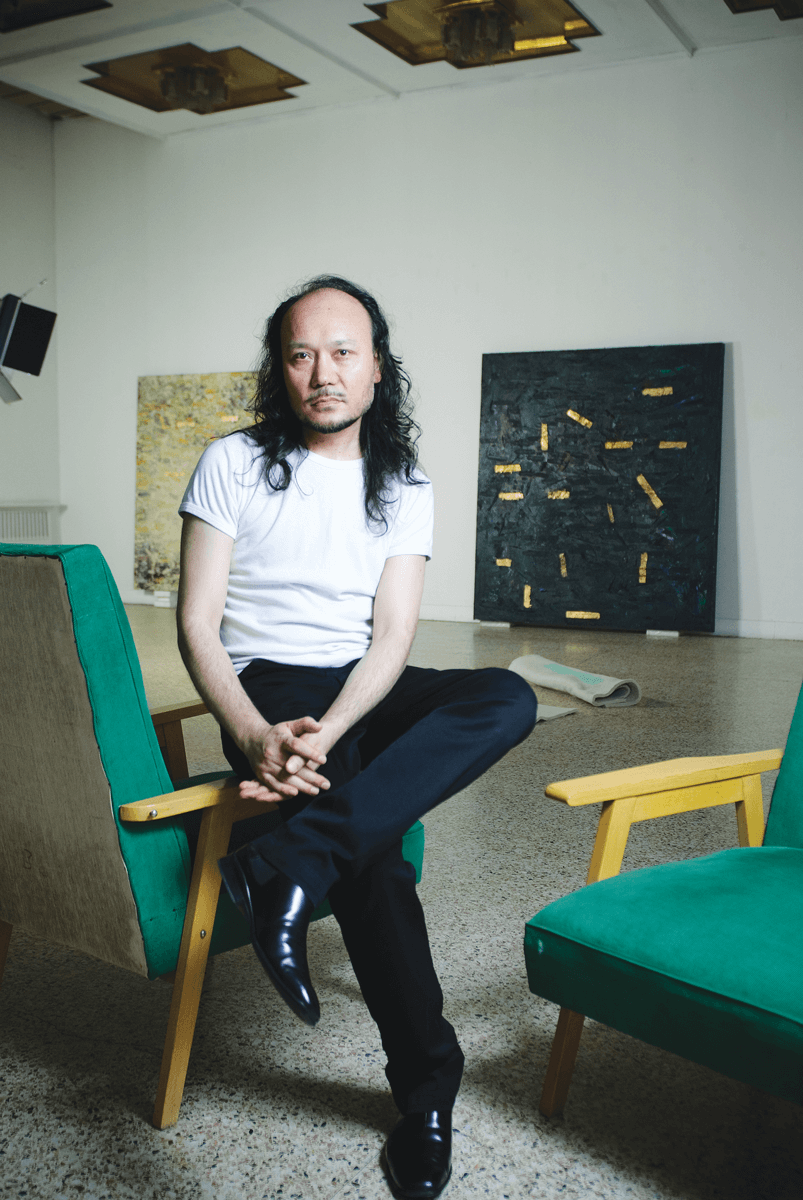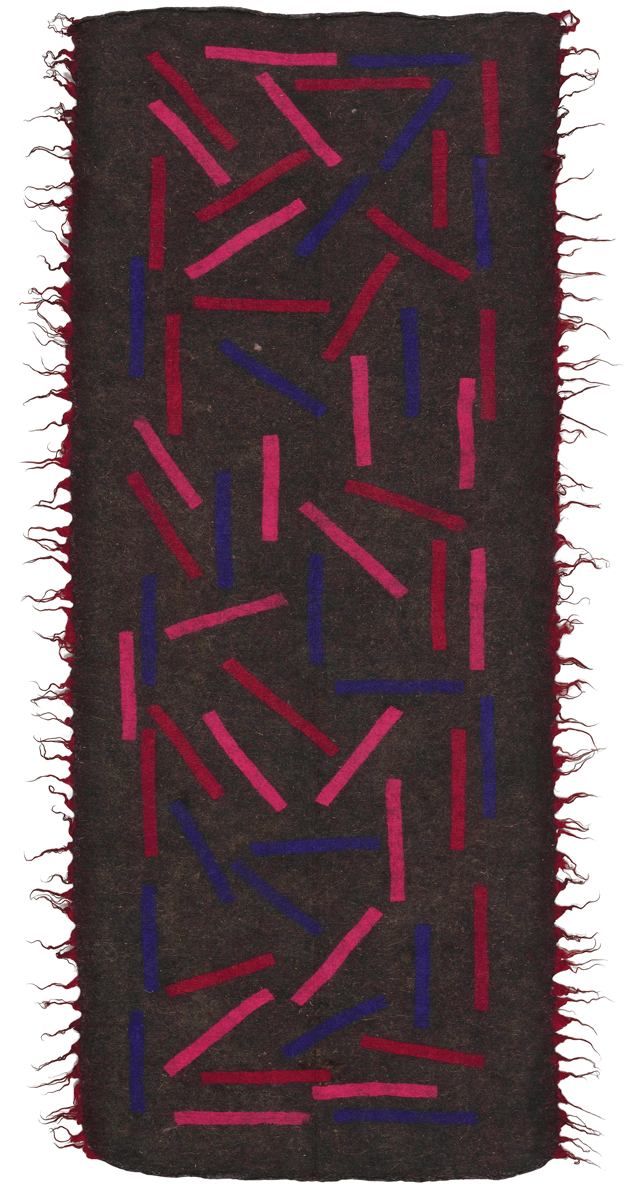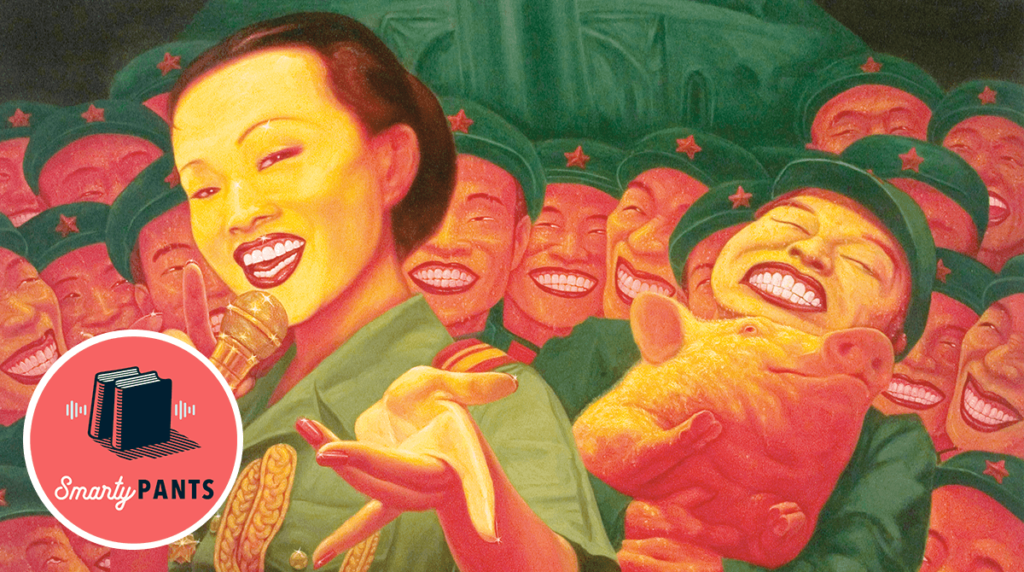
So much of the story we hear about China today is an economic one—how over the past few decades, it has risen from poverty and ruin to become a global economic powerhouse. But there’s a story beneath the surface, of the artistic avant-garde that resisted rule from above and inspired generations of ordinary Chinese citizens to seek freedom of expression. From their countryside re-education posts to the abandoned warehouses of Beijing and the short-lived Democracy Wall, Chinese artists flourished at the edge of acceptability—until the entire edifice came crashing down with the Tiananmen Square massacre. Madeleine O’Dea’s new book, The Phoenix Years, follows the lives of nine contemporary Chinese artists to tell the story of how art shaped a nation.
Go beyond the episode:
- Madeleine O’Dea’s The Phoenix Years: Art, Resistance, and the Making of Modern China
- Peruse the exhibition catalogue for the seminal 1993 Hong Kong show, “China’s New Art, Post-1989” (now out of print)
- Guo Jian’s artist website
- Xhang Ziaogang’s work on artnet
- Aniwar’s work on Artsy, if you’re looking to buy
- Listen to our first China-focused episode, “Unlikely Encounters,” for an interview with Julian Gewirtz the least likely visitor to the People’s Republic: Milton Friedman
Tune in every two weeks to catch interviews with the liveliest voices from literature, the arts, sciences, history, and public affairs; reports on cutting-edge works in progress; long-form narratives; and compelling excerpts from new books. Hosted by Stephanie Bastek.
Subscribe: iTunes • Feedburner • Stitcher • Google Play • Acast
Download the audio here (right click to “save link as …”)
Have suggestions for projects you’d like us to catch up on, or writers you want to hear from? Send us a note: podcast [at] theamericanscholar [dot] org. And rate us on iTunes!
Our theme music was composed by Nathan Prillaman.

